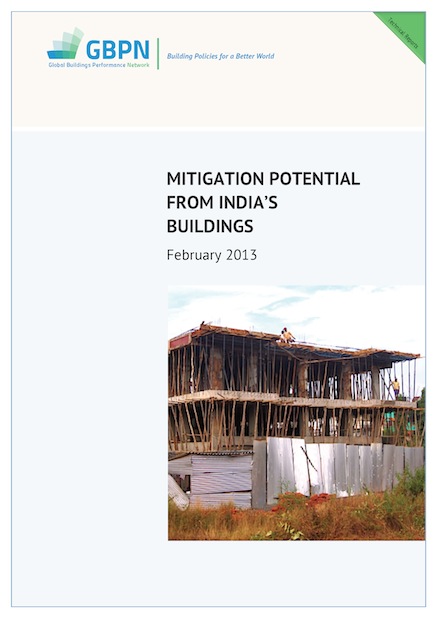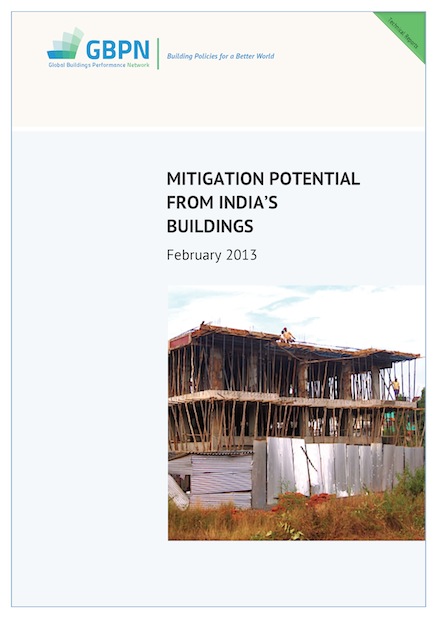印度建筑的减排潜力

可靠证据表明,至2050年印度建筑领域会产生巨幅能源增长,基于此估测,本报告分析了印度目前建筑节能减排的政策框架及其节能潜力。
7 result(s) found

可靠证据表明,至2050年印度建筑领域会产生巨幅能源增长,基于此估测,本报告分析了印度目前建筑节能减排的政策框架及其节能潜力。
可靠证据表明,至2050年印度建筑领域会产生巨幅能源增长,基于此估测,本报告分析了印度目前建筑节能减排的政策框架及其节能潜力。
 可靠证据表明,至2050年印度建筑领域会产生巨幅能源增长,基于此估测,本报告分析了印度目前建筑节能减排的政策框架及其节能潜力。
可靠证据表明,至2050年印度建筑领域会产生巨幅能源增长,基于此估测,本报告分析了印度目前建筑节能减排的政策框架及其节能潜力。
 Technical Report
Technical Report
Demonstrating the enormity of the predicted energy growth in India's building sector up to 2050, this report explores the current political framework for energy efficient buildings and the potential for change.
Green building has received increased attention over the past decade from both environmental economists and policymakers. While there is no single definition of “green buildings” or its related policy, researchers and organizations tend to emphasize resource efficiency in building and reducing the impacts of buildings on human health and the environment.
A range of sustainability rating tools for buildings exist in Australia. In setting sustainability standards for Council buildings, this policy primarily references the GBCA’s holistic design framework and assessment tool ‘Green Star - Design and As Built’ , which is widely used in the commercial and local government sectors and considered the most appropriate tool for Council buildings.
Assessing the extent of evidence available relating to the impact of solar energy for households (HHs) in developing countries, surveys are reviewed focusing on the impact of pico‐photovoltaic (e.g., solar lanterns) or solar home systems (SHS) on rural HHs and directly related economic activities of their occupiers. Ninety‐eight documents have been analyzed. Areas of enquiry have included the impact of small individual solar photovoltaic systems on different facets of the life of HHs' occupiers: their education, health, finance, livelihoods, and social relations.